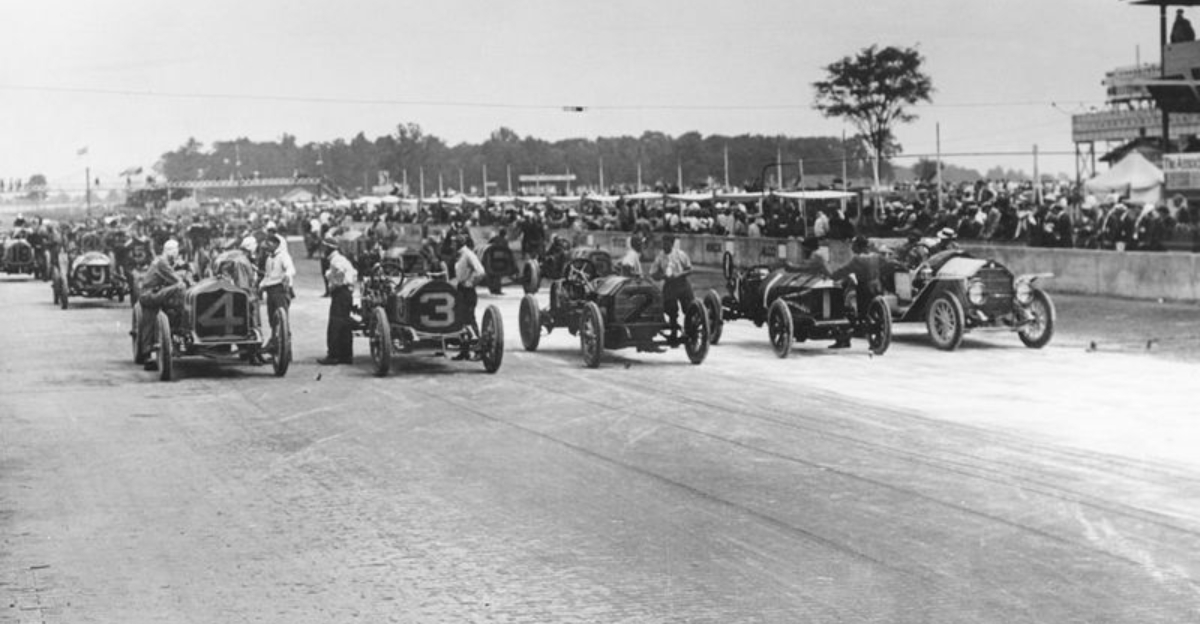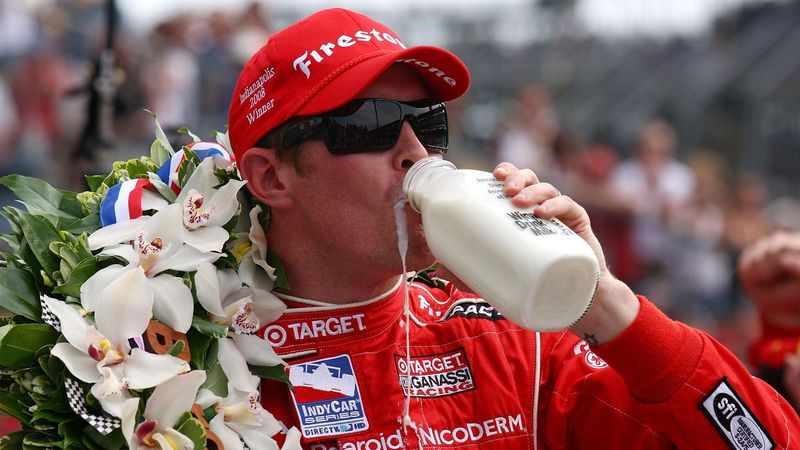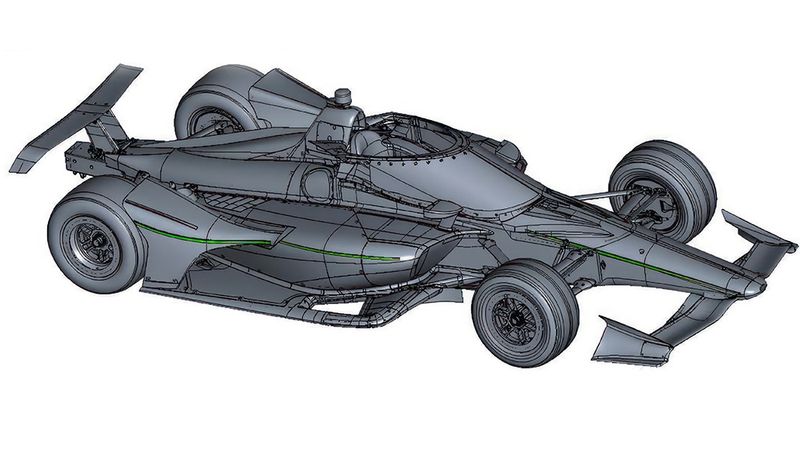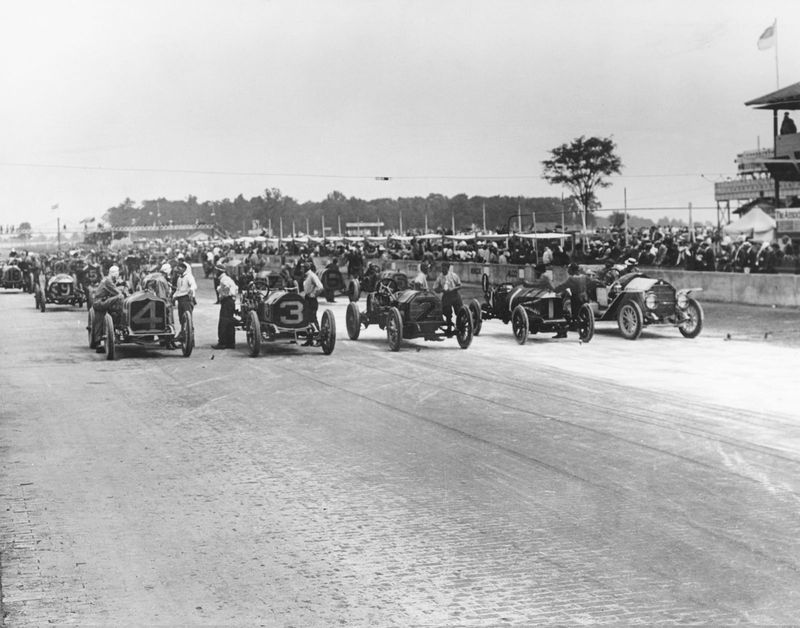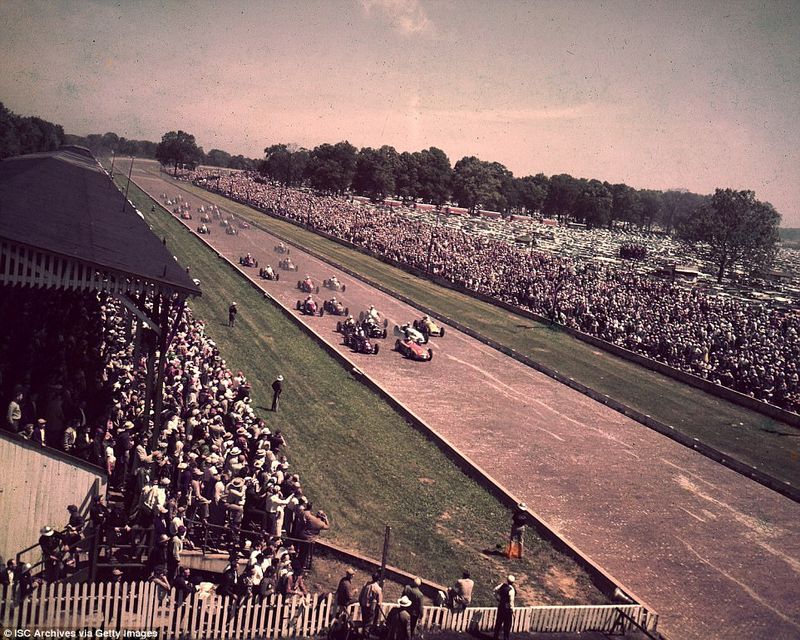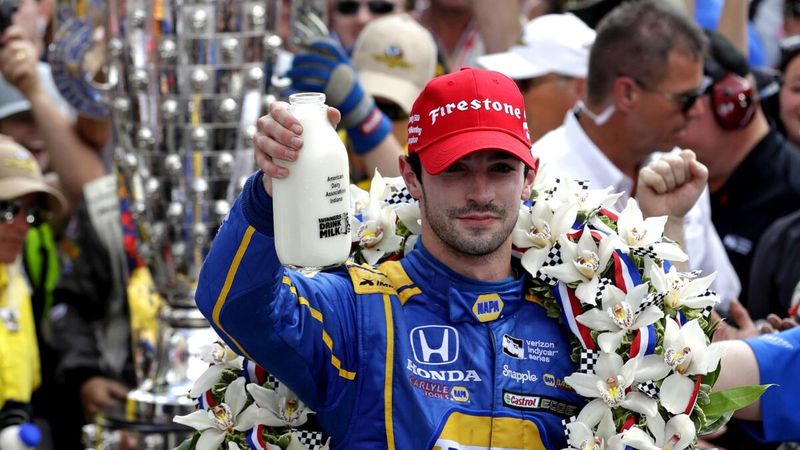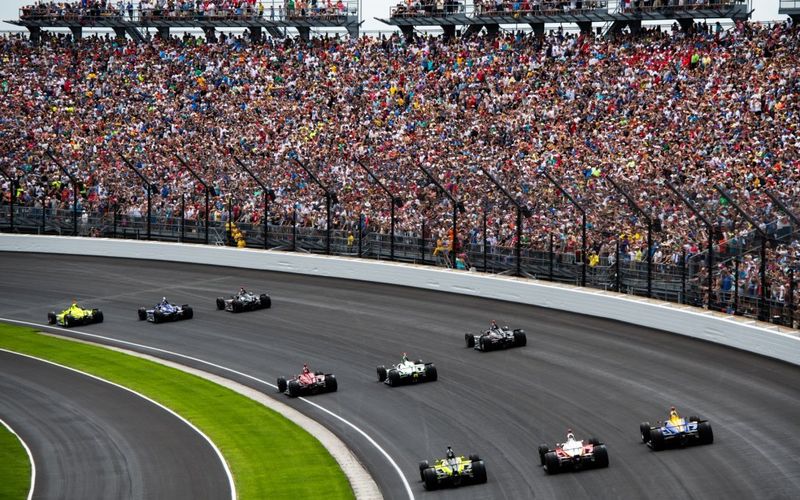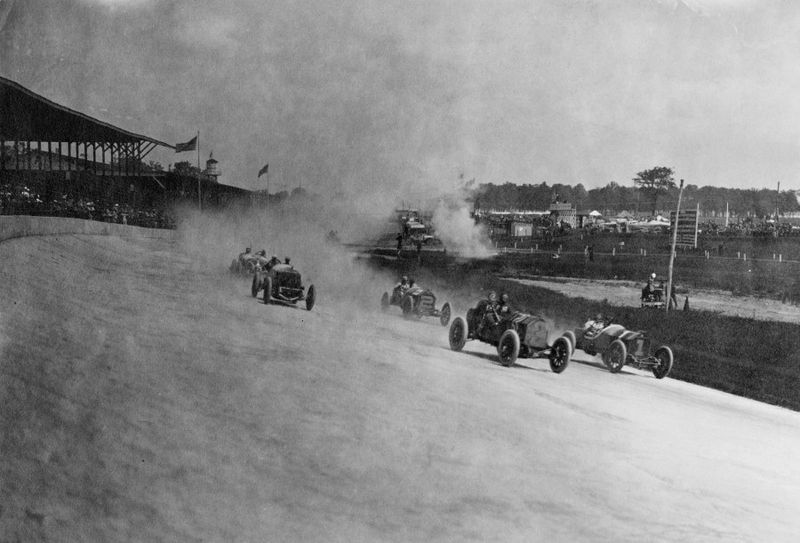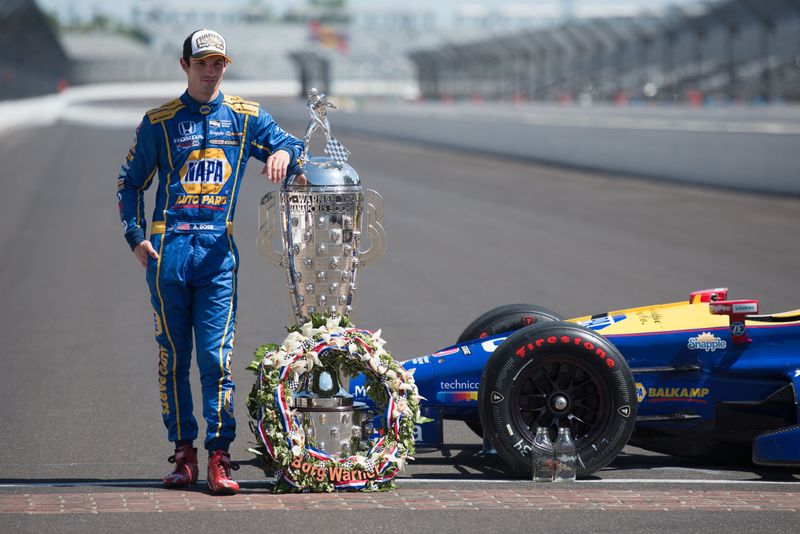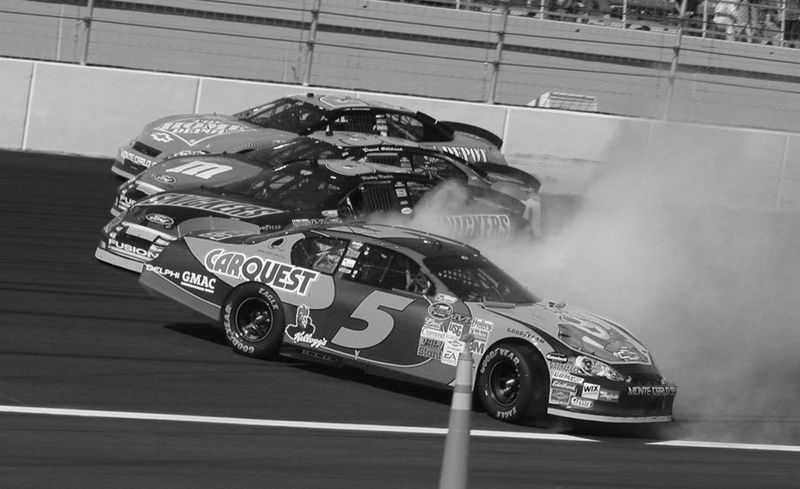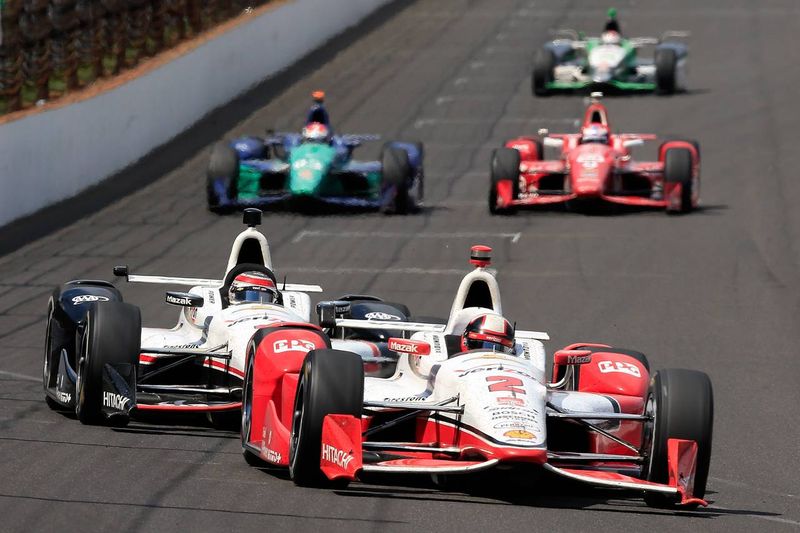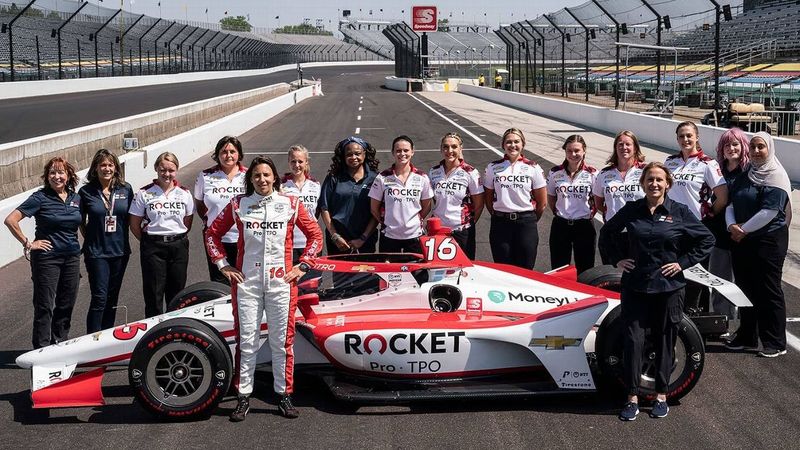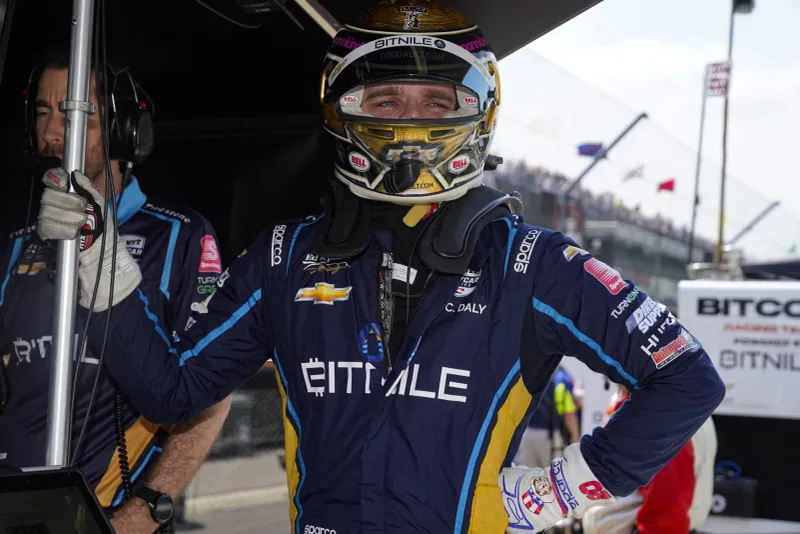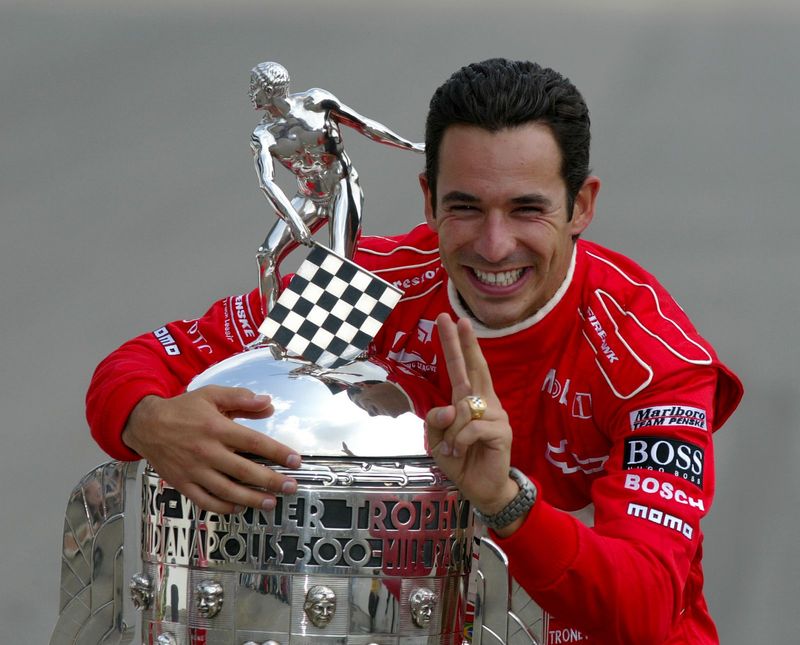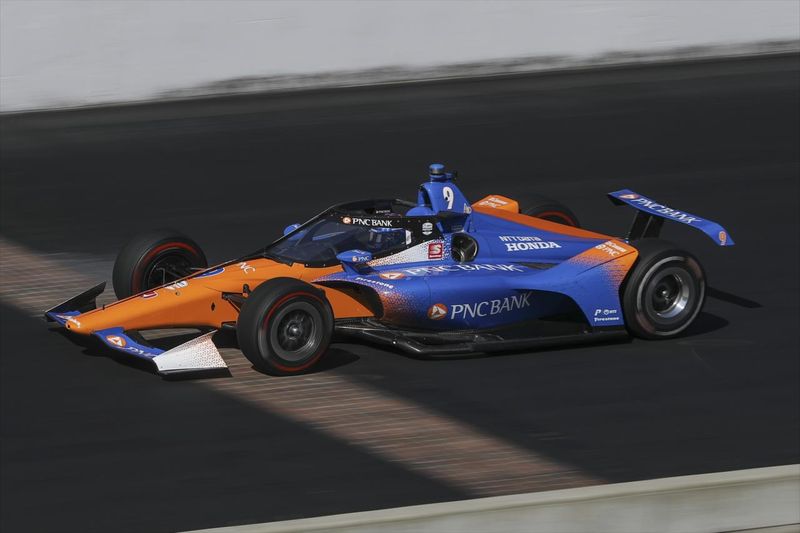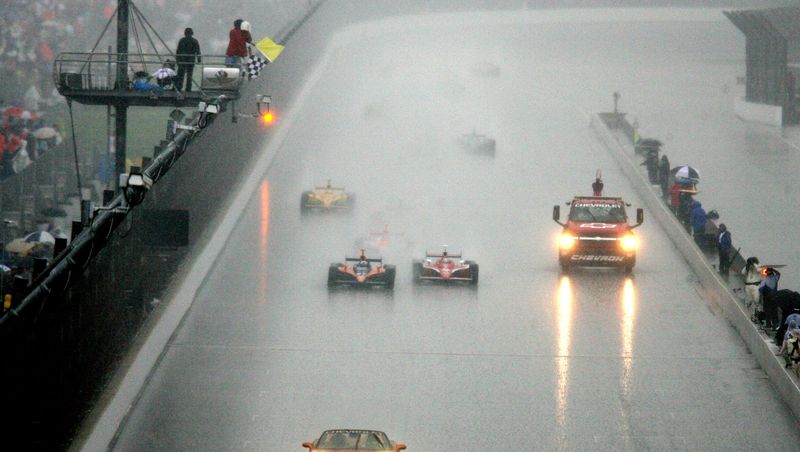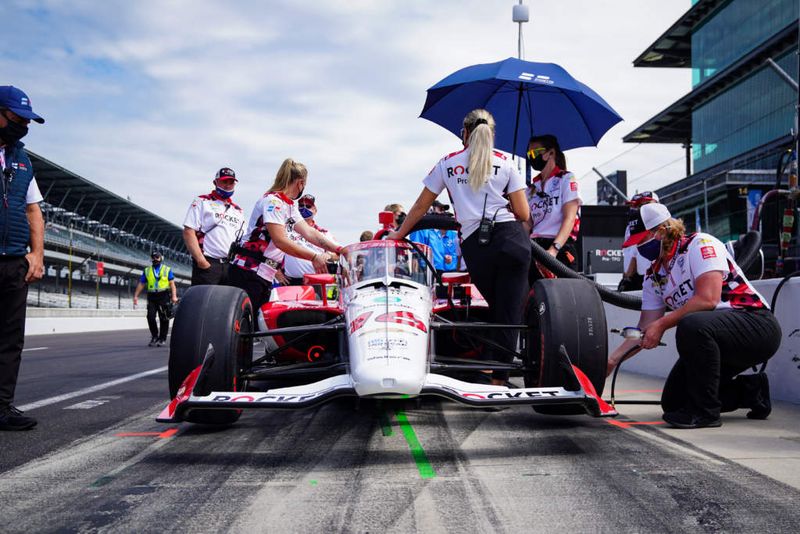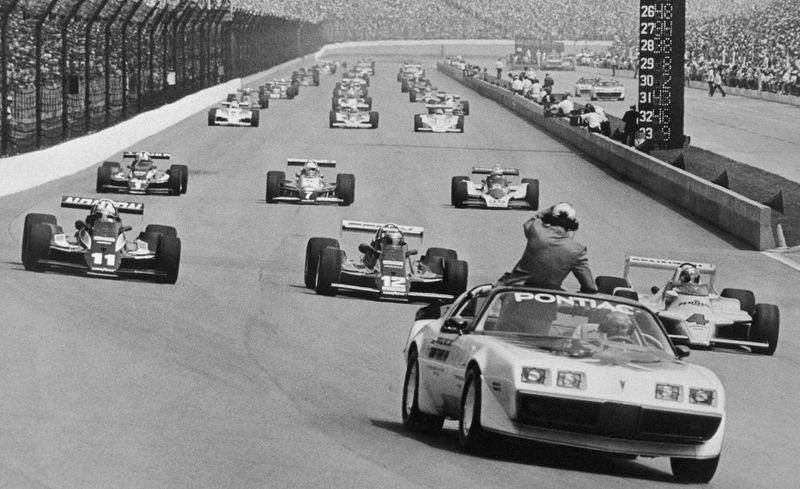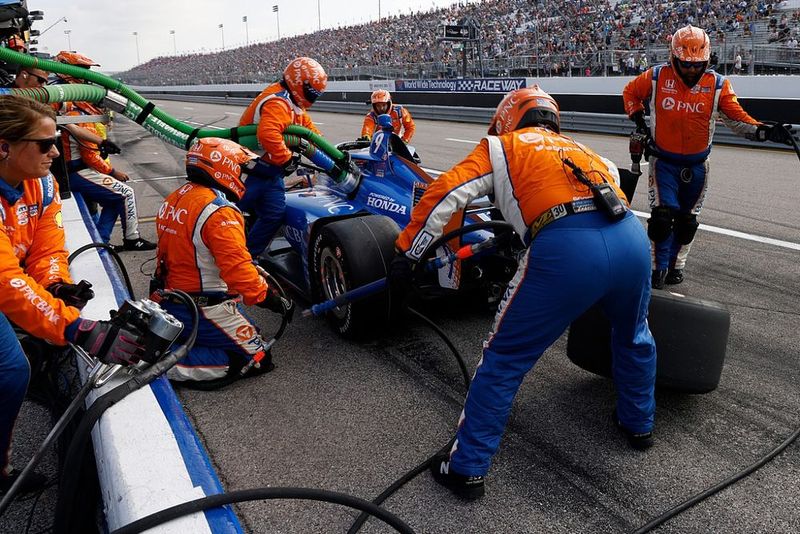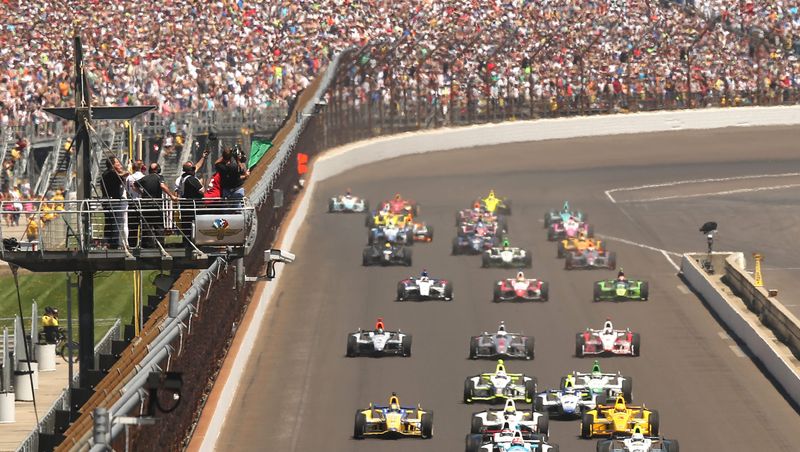The Indianapolis 500, often simply called the Indy 500, is one of the most prestigious automobile races in the world. Held annually at the Indianapolis Motor Speedway, it has a rich history filled with thrilling moments, iconic victories, and, unsurprisingly, numerous myths that have woven themselves into the fabric of its legacy.
While some of these myths are rooted in history, others are simply misconceptions or exaggerations. Let’s take a look at 20 wild myths about the Indy 500 that people still believe, exploring the truths behind them and celebrating this amazing race.
1. The Winner Always Drinks Milk
One of the most famous traditions of the Indy 500 is the winner drinking milk in Victory Lane. However, this tradition isn’t as unbroken as many believe. From 1947 to 1955, milk was absent from the winner’s circle. Even today, some drivers opt for alternatives due to personal preferences or dietary restrictions. This custom began in 1936 when Louis Meyer requested buttermilk to quench his thirst after a sweltering race. Nowadays, winners can choose their preferred type of milk, making this tradition both personal and rooted in history.
2. All IndyCars Are the Same
While it might seem that IndyCars are identical, the reality is more nuanced. Teams are required to use the same chassis by Dallara, ensuring a level playing field. However, engines and setups vary significantly, with manufacturers like Honda and Chevrolet offering different power units. Teams experiment with aero kits, suspensions, and tire strategies to gain a competitive edge. This variation not only fosters innovation but also adds layers of strategy to the race. The uniform chassis ensures fair competition, but it’s the nuances that make each car unique.
3. Every Indy 500 Is Run on Memorial Day
Contrary to popular belief, the Indy 500 isn’t always held on Memorial Day. While traditionally attached to this holiday, which honors fallen soldiers, the race has seen various dates over its history. Currently, it’s typically run on the Sunday of Memorial Day weekend. This change allows more spectators to enjoy the event without conflicting with Monday’s commemorations. The alignment with Memorial Day weekend provides an unofficial start to summer, filled with ceremonies and festivities, making it a beloved tradition for attendees and remote fans alike.
4. No Woman Has Ever Led the Indy 500
A persistent myth claims that no woman has ever led laps at the Indy 500, but Danica Patrick shattered this misconception. In 2005 and 2011, Patrick led several laps, becoming a trailblazer for women in motorsport. Her achievements inspire countless fans and demonstrate the evolving diversity in racing. Patrick’s skill and determination broke barriers, proving that talent knows no gender. Today, her legacy continues to encourage more women to pursue careers in motorsports, both on and off the track, fostering an inclusive environment for future racers.
5. The Track Is Made of Bricks
The Indianapolis Motor Speedway, known as “The Brickyard,” once had a surface entirely composed of bricks. Today, only a 36-inch strip of these original bricks remains at the start/finish line. This narrow strip serves as a nod to the track’s history and is kissed by winning drivers in celebration. The rest of the track is now paved with asphalt, allowing for smoother and faster racing. This transformation from bricks to asphalt marks the evolution of racing technology while maintaining a tangible connection to the past.
6. A Rookie Has Never Won the Indy 500
It’s a common myth that a rookie can’t win the Indy 500, yet history tells a different story. Alexander Rossi clinched victory as a rookie in 2016, joining a select group of first-timers who’ve achieved this feat. The race requires skill, strategy, and sometimes a bit of luck, making it possible for newcomers to outpace seasoned veterans. Rookies often bring fresh perspectives and fearless driving styles, challenging the status quo. Rossi’s win underscored the unpredictable nature of the Indy 500, where newcomers can indeed make history.
7. You Can Only Race If You’re American
The belief that only Americans compete in the Indy 500 is far from true. Since its inception, the race has attracted drivers from around the globe. International competitors bring diverse skills and experiences, enriching the competition. Notably, foreign drivers have achieved significant successes, with many claiming victory. This international presence highlights the global appeal of the Indy 500 and its reputation as a pinnacle of motorsport. The event welcomes talents from all corners of the world, celebrating a shared passion for racing that transcends borders.
8. It’s Been Run Every Year Since 1911
The Indy 500 is renowned for its long history, yet it hasn’t been run continuously since 1911. The race was canceled during World War I (1917-1918) and World War II (1942-1945) due to global conflict and resource constraints. These interruptions remind us of the broader historical context in which the race occurs. Despite these gaps, the Indy 500 has remained resilient, continually adapting and growing in popularity. Its legacy endures, not just as a sporting event, but as a symbol of perseverance and passion for racing enthusiasts worldwide.
9. The Fastest Car Always Wins
Speed alone doesn’t guarantee an Indy 500 victory. While having a fast car is crucial, strategy plays an equally vital role. Pit stops, tire management, and fuel conservation can tip the scales. Teams carefully plan these elements, knowing that even the quickest can falter without the right tactics. Caution flags also introduce unpredictability, reshuffling positions and impacting outcomes. The skill of balancing raw speed with strategic decisions is what sets the true contenders apart. The race isn’t just a test of speed; it’s a chess match played at 200 mph.
10. IndyCar Is the Same as NASCAR
IndyCar and NASCAR may both feature high-speed racing, but they are worlds apart. IndyCars are sleek, open-wheel vehicles optimized for speed and agility, designed to tackle a variety of circuits. In contrast, NASCAR vehicles are heavier, stock cars built for endurance on oval tracks. Each series has its distinct culture, rules, and fan base. While NASCAR is rooted in American tradition, IndyCar boasts international appeal. The unique characteristics of each make them appealing in their own right, offering distinct experiences for drivers and fans alike.
11. No One Has Ever Won from the Back of the Pack
Winning the Indy 500 from the back is rare but not impossible. Drivers have claimed victory starting from 20th position or worse, defying the odds with skillful driving and strategic acumen. The race’s dynamic nature, with its numerous variables, allows for dramatic comebacks. Such victories are a testament to a driver’s perseverance and a team’s tactical brilliance. These instances fuel the dreams of every underdog on the grid, reminding us that in racing, as in life, anything can happen. This unpredictability is part of what makes the Indy 500 so thrilling.
12. Only Men Have Competed in the Indy 500
The Indy 500 has seen over a dozen women compete, challenging the notion that it’s a male-only domain. Pioneers like Janet Guthrie and Sarah Fisher paved the way for future generations. Their participation has enriched the sport, showcasing diversity and skill. These trailblazers have faced numerous challenges but continue to inspire, proving that motorsport is for everyone. Their presence on the track encourages aspiring female racers worldwide, highlighting the evolving inclusivity of the Indy 500. The race remains a dynamic platform for showcasing talent regardless of gender.
13. Drivers Are All Millionaires
The image of IndyCar drivers as millionaires is misleading. While top-tier drivers may earn substantial incomes, many rely on sponsorships and pay-to-play deals to fund their careers. Financial challenges are common, with drivers often working hard to secure backing. Sponsorship deals are crucial, impacting a driver’s ability to compete. The pursuit of racing glory involves navigating complex financial landscapes as much as mastering the track. This reality underscores the dedication and passion required to succeed in motorsports, where talent and business acumen go hand in hand.
14. Helio Castroneves Has the Most Wins Ever
Helio Castroneves is often regarded as owning the most Indy 500 wins, but he’s tied with legends like A.J. Foyt, Al Unser Sr., and Rick Mears at four victories each. These drivers have left indelible marks on the race’s history, showcasing incredible skill and determination. Their achievements highlight the competitive spirit and enduring allure of the Indy 500. Castroneves’ charismatic personality and emphatic victories have endeared him to fans, while his pursuit of a record-breaking fifth win continues to captivate the racing world.
15. No One Has Ever Been Injured in the Modern Era
Despite significant safety advancements, IndyCar racing remains inherently risky. Accidents occur, and injuries are an unfortunate reality. Modern safety measures have drastically reduced the incidence and severity of injuries compared to earlier eras. Innovations such as the HANS device, SAFER barriers, and enhanced driver gear highlight ongoing efforts to protect competitors. While the sport aims for zero injuries, the unpredictable nature of racing means risks persist. The commitment to safety is unwavering, ensuring that drivers can push the limits while minimizing dangers as much as possible.
16. The Race Is Always 500 Miles Exactly
While the Indy 500 aims to complete 500 miles, weather conditions can lead to shortened races. Rain, in particular, poses significant challenges, potentially halting proceedings. Safety is paramount, and officials may decide to end the race early if conditions become hazardous. These instances remind us of the unpredictable nature of outdoor sports. The impact of weather necessitates adaptability from teams, who must adjust strategies in real-time. These variations add to the race’s drama, with every event bringing unique circumstances that test the mettle of drivers and crews alike.
17. Pit Crews Are All Men
The perception that only men work in pit crews is outdated. Women now occupy various roles across IndyCar teams, from engineering positions to tire changers and beyond. Their contributions are vital, enhancing team performance and innovation. The inclusion of women in these roles reflects broader societal shifts towards gender equality. Their presence in the pits exemplifies the evolving landscape of motorsports, where talent and ability are prioritized over gender. This trend continues to grow, showcasing the diverse skills and perspectives women bring to the high-pressure environment of racing.
18. The Pace Car Is Always American-Made
The tradition of the pace car leading the Indy 500 field often features American-made vehicles, yet there are notable exceptions. In the 1960s, for instance, the British brand Lotus served in this role, highlighting the race’s international connections. The choice of pace car reflects automotive innovation and design from around the world. While American manufacturers frequently provide these vehicles, the occasional inclusion of international brands adds variety and global flair. This mix celebrates the diverse influences shaping the modern automotive landscape, enhancing the spectacle of the Indy 500.
19. Drivers Go Flat Out the Whole Race
Contrary to popular belief, IndyCar drivers don’t simply go flat out from start to finish. Tire wear, fuel conservation, and traffic management are critical elements of race strategy. Drivers must constantly adjust their approach, balancing speed with resource management. This complexity adds layers to the competition, requiring foresight and flexibility. The art of racing lies in knowing when to push and when to conserve, ensuring that drivers can sustain performance. These tactical elements transform each race from a mere sprint into a nuanced battle of strategy and execution.
20. Only Racers Care About the Indy 500
The Indy 500 is more than just a race; it’s a cultural phenomenon. While racers are at the heart of the event, it draws a wide array of attendees, from celebrities and musicians to families and motorsport enthusiasts. The race weekend is filled with concerts, parades, and festivities that appeal to people beyond the racing community. Its status as the “Greatest Spectacle in Racing” stems from this unique blend of sport and celebration. For Indiana residents and visitors alike, the Indy 500 is a cherished annual tradition that transcends the track.
